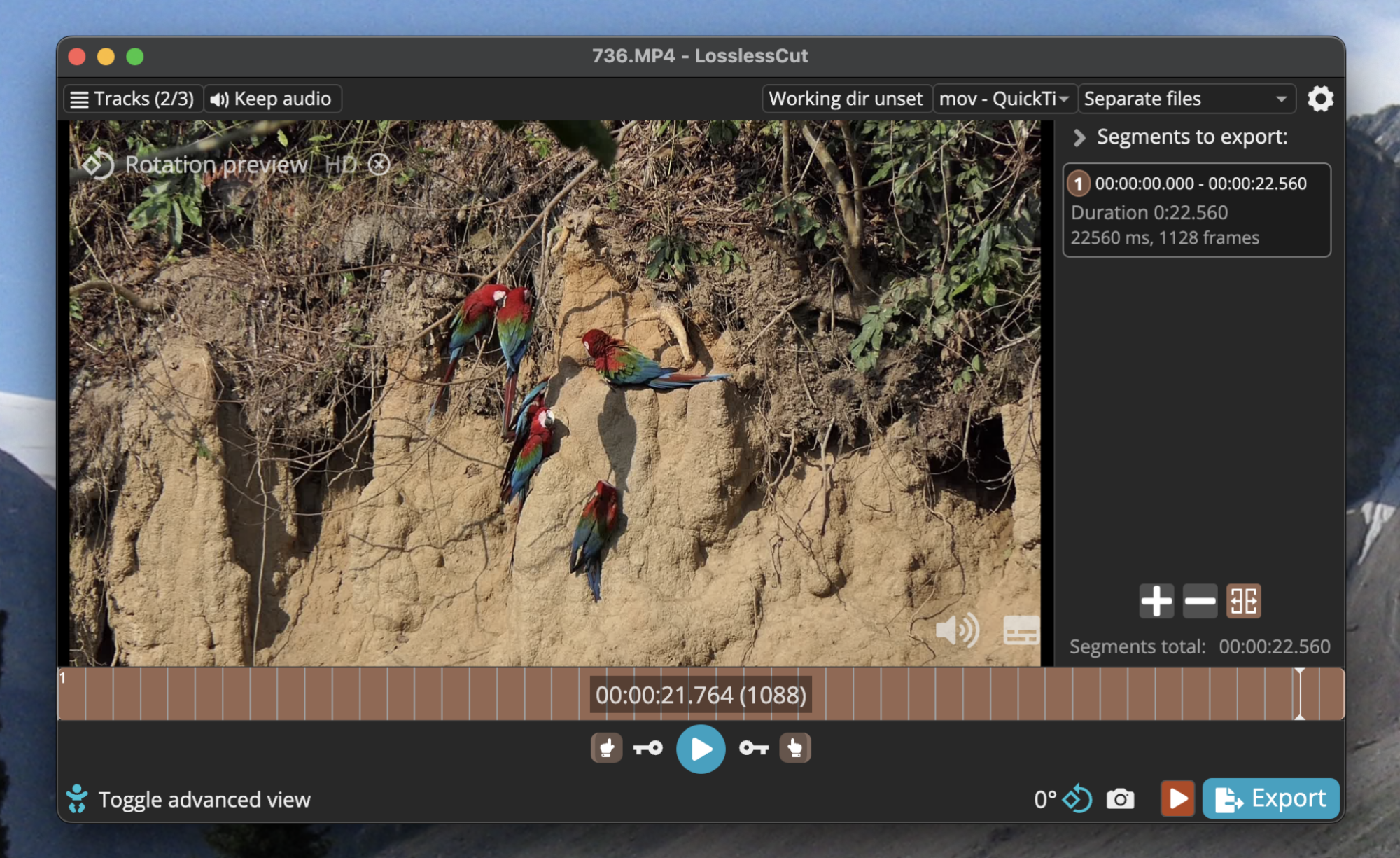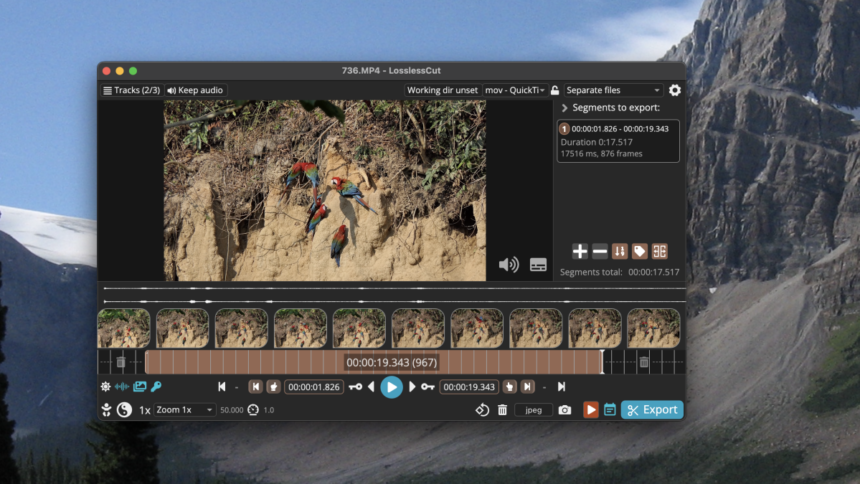Effortless Video Trimming with Lossless Cut
A majority of video editing applications operate through a process called re-encoding, which involves uploading a video file to break it down and subsequently reassemble it. This method is essential for implementing complex editing techniques, yet it does come with drawbacks. For starters, this process is generally time-consuming, and since it’s not a lossless action, the quality of the video may deteriorate with each edit. This can become particularly frustrating when the only thing needed is a simple trim of the start or end of a video.
Lossless Cut offers a solution as an open-source program compatible with Linux, Windows, and Mac. This tool allows for video trimming without undergoing any encoding, ensuring that edits made to the original file are both immediate and lossless. It’s an excellent resource for anyone whose primary editing task involves simply removing unwanted sections at the beginning or end of a video. Moreover, it serves as a superb companion to conventional editing software, facilitating the process of sizing clips before importing them.
To begin, launch the application and simply drag your video file into the interface—it will load promptly. Utilize the button controls located beside the play button to indicate which segments of the video you wish to cut from the start and finish. When ready, click on Export, and you will have a trimmed version of your video in an instant.

Credit: Justin Pot
The application also features options for rotating the video and capturing screenshots. By clicking on the Toggle advanced view button, additional tools become available. Among these, the capability to add thumbnails and audio waveforms to the editing timeline is particularly useful, enabling more precise edits. The advanced mode further allows users to input times manually rather than relying solely on the click controls.
While there are several functionalities available, the simplicity of this tool is by design. In testing, it worked seamlessly with numerous video files. The officially supported formats encompass MP4, MOV, WebM, Matroska, OGG, and WAV, alongside audio codecs such as FLAC, MP3, Opus, PCM, Vorbis, and AAC. Video codecs that are compatible include H264, AV1, Theora, VP8, VP9, and H265.












